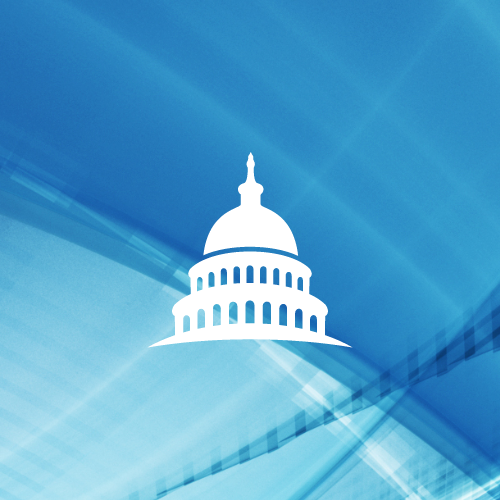Data today is one of the most valuable commodities in the world, and every organization must continually assess the safety of their data as threats are constantly evolving. For public sector organizations, this is even more important, where a cyberattack or loss of data can have severe ramifications for crucial services and significantly impact constituents’ lives.
To that point, government institutions and schools have increasingly become data-centric organizations. That change has been accompanied by a massive increase of mission-critical data. Because many government organizations, particularly defense forces, are leading technological innovators — the challenges of protecting that data have grown while causing an increased burden on limited IT staff. It is significant to explore the practices and challenges of public sector organizations, because their priorities often vary pointedly from those of commercial organizations.
Overcome public sector data protection challenges
Data protection challenges within the public sector are unique. For example, military branches face critical consequences of mission downtime, or data loss that can often be a matter of life and death. Educators, on the other hand, have a different unique set of challenges, especially given the pandemic-led transition to hybrid teaching. All levels of education have had to adapt to the new requirements to maintain uptime while remaining compliant and safeguarding student data.
There’s no such thing as a one-size-fits-all data protection strategy. Public sector opportunities and constraints differ from those of the private sector in many ways, including:
- Mission uptime – given the ongoing transition to digital government and digital services, it’s critical to protect citizen and student data while managing costs. This is even more apparent as these types of organizations move critical workloads to infrastructure and Software–as–a-Service (SaaS) offerings in the public cloud.
- Cybersecurity and risk management – schools, universities, and local governments are at high risk of ransomware attacks. The solution is simple, cost-effective, and proven strategies to improve security posture, protect data, and mitigate cyber threats.
- Increasing compliance and record mandates – government organizations are up against ever-increasing compliance and records retention burden, and these requirements now extend to data in hybrid and multi-cloud application environments.
- Citizen confidence and staff retention – there is a worldwide shortage of skilled IT and cybersecurity talent. This gap is especially difficult for public sector organizations who may have difficulty being wage-competitive with private sector firms. The key for these organizations is to ensure that they only appear in the headlines for the right reasons.
These challenges require immediate attention for both the short and long-term success of any organization.
Druva provides complete data protection for public sector data
It is time to consider a new approach to alleviate data security and availability challenges. The Druva Data Resiliency Cloud brings the simplicity, scalability, and security of the public cloud. We work with state and local governments and schools around the world to help fortify their data resilience strategies and defend against ransomware attacks or data loss with an industry-leading cloud-based platform.
To learn more about how Druva meets the needs of public sector organizations, read the state, local, and education (SLED) solution brief, and visit the public sector page of the Druva website.


